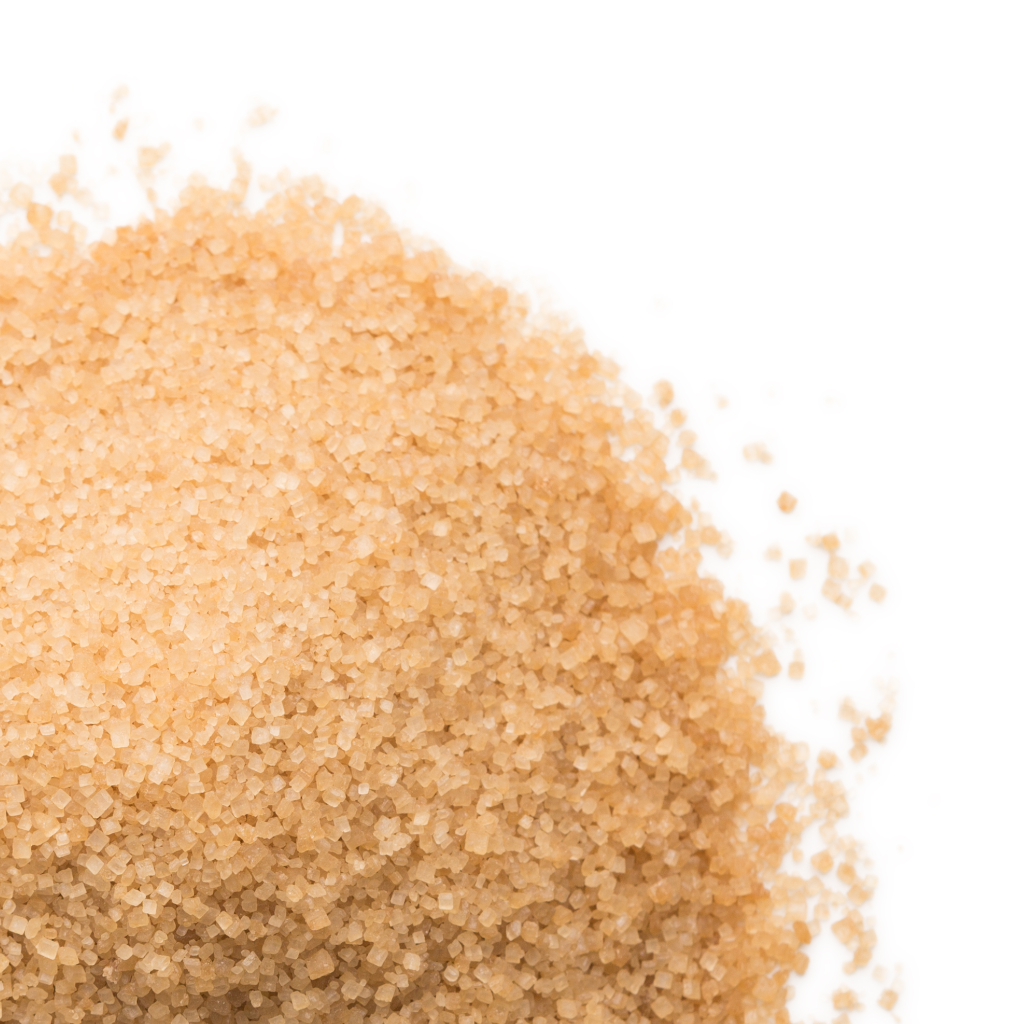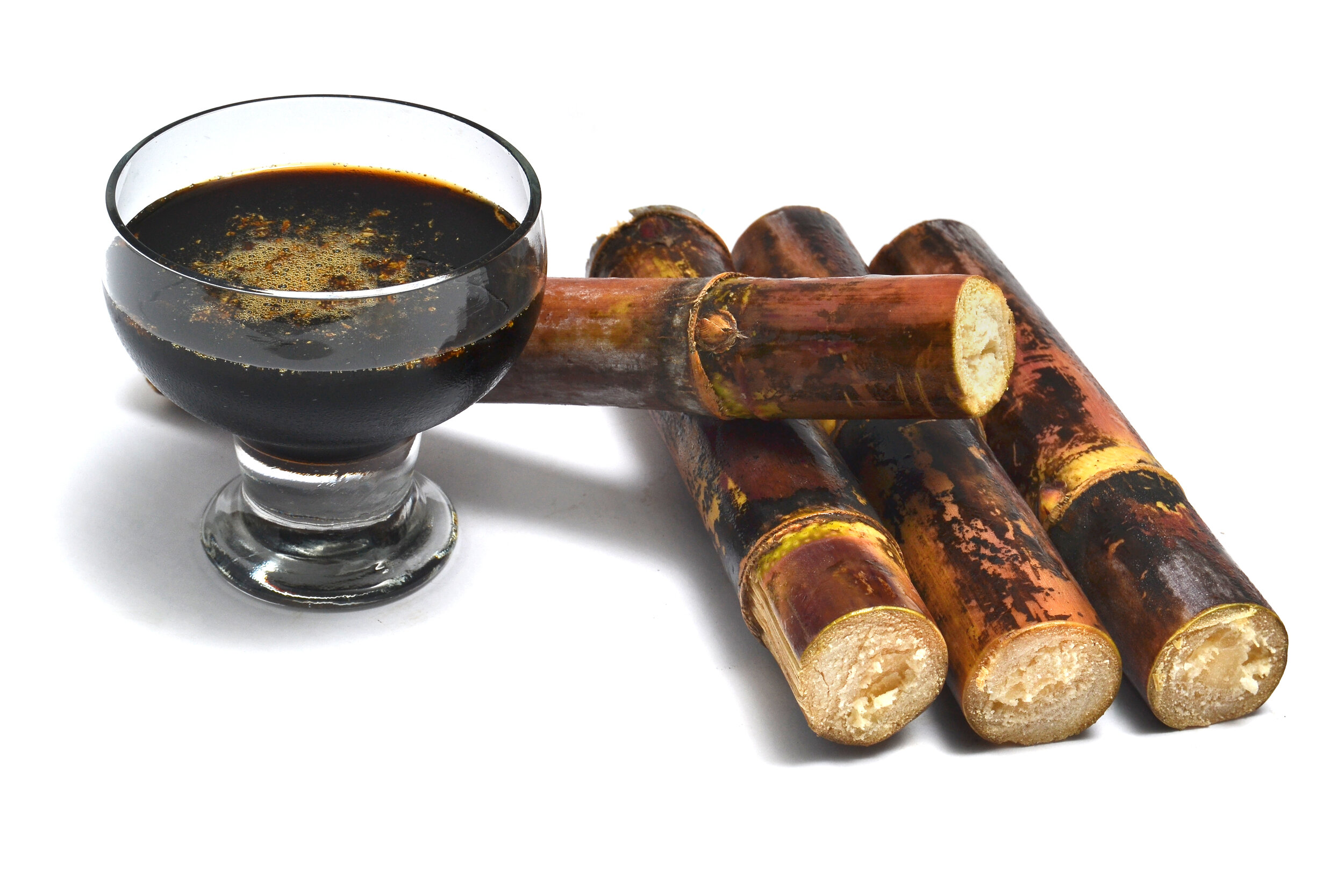How sugar cane products Support a More Sustainable Global Economy
A Deep Dive Into Sugar Cane: Insights on Production, Product, and Product Advancement
Sugar cane plays a crucial role in agriculture, underpinning economies in exotic areas. Its growing entails elaborate procedures affected by various environmental factors. However, farmers encounter considerable obstacles, including environment adjustment and market fluctuations. Technologies in item advancement are arising in action to progressing customer needs. Comprehending these dynamics is essential for understanding the future of this important crop and its effect on international markets. What exists ahead for sugar cane and its myriad applications?
The Relevance of Sugar Cane in Global Farming
Sugar cane acts as a necessary crop in international farming, underpinning economies and food systems in several exotic areas. This functional plant is largely cultivated for its high sucrose content, which is fine-tuned right into sugar, an essential active ingredient in many food. Past sweetening, sugar cane is also vital for creating biofuels, especially ethanol, adding to energy sustainability.The financial relevance of sugar cane extends to employment, providing livelihoods for millions of farmers and employees in handling facilities. In several nations, sugar cane farming and handling stand for considerable portions of farming GDP, affecting trade equilibriums and regional development.Additionally, sugar cane's adaptability to numerous climates enhances its relevance as a crop, making certain consistent supply in worldwide markets. Its spin-offs, including molasses and bagasse, additionally expand its energy, making it a necessary component in food, power, and market. Overall, sugar cane remains a cornerstone of agricultural performance worldwide.
Cultivation Procedures: From Growing to Harvest
Cultivating sugar cane entails a series of distinct procedures that guarantee perfect growth and yield. The cultivation starts with land preparation, where the soil is tilled to protect optimal aeration and drainage. Following this, seed cane, which is composed of mature stalks, is selected and reduced into sections (sugar cane products). These sections are after that planted in furrows, making certain correct spacing to enable for sunshine and nutrient access.Once planted, watering systems are employed to preserve ample moisture degrees, as sugar cane grows in moist problems. Weeding and bug monitoring are essential throughout the growing duration to decrease competitors for resources. Nutrient application, consisting of plant foods, sustains durable growth. As the plants mature, checking for diseases and pests continues.Harvesting generally takes place 10 to 24 months post-planting, depending on the range. The walking canes are cut close to the ground, guaranteeing very little waste, and are swiftly moved for refining to maintain sugar high quality
Geographic Distribution of Sugar Cane Production
The geographic circulation of sugar cane production is mostly formed by certain climate and soil requirements. Major generating nations, such as Brazil, India, and China, take advantage of tropical and subtropical climates that sustain the plant's growth. Recognizing these variables provides insight into the worldwide landscape of sugar cane farming.
Major Producing Countries
Although sugar cane is expanded in numerous areas worldwide, certain nations control production due to desirable climates and farming techniques. Brazil leads the worldwide market, representing around one-third of total production, many thanks to its extensive haciendas and advanced cultivation methods. India complies with as a considerable manufacturer, profiting from both desirable climate conditions and a huge domestic market. China and Thailand also rate amongst the leading producers, with well-established frameworks supporting their sugar sectors. Various other remarkable factors include the USA, Mexico, and Australia, each leveraging their distinct agricultural systems to improve result. These nations play a vital duty in the sugar cane supply chain, affecting international costs and accessibility
Environment and Soil Requirements
Ideal climate and soil problems are important for successful sugar cane production. Sugar cane prospers in tropical and subtropical regions, requiring warm temperatures in between 20 ° C and 30 ° C (68 ° F to 86 ° F) These plants need bountiful sunshine and rains, preferably between 1,500 to 2,500 millimeters each year, to assure peak development. The dirt ought to be well-drained, productive, and abundant in organic issue, with a pH degree ideally between 5.5 and 8.5. Sandy loam or clay loam soils are particularly helpful to sugar cane growing, offering essential nutrients and drainage. Geographical circulation is mainly affected by these elements, with significant production areas situated in Brazil, India, and China, where ecological problems line up with the plant's requirements for growth and return.

Challenges Faced by Sugar Cane Growers
Sugar cane farmers encounter considerable obstacles that affect their livelihoods. Environment modification presents uncertain climate patterns, influencing plant return and high quality. In addition, market value volatility produces monetary unpredictability, complicating long-term preparation for these agricultural producers.
Environment Adjustment Impacts

How do environment change influences impact the viability of sugar cane growing? Increasing temperatures and irregular climate patterns significantly test sugar cane cultivators. Boosted heat can result in decreased yields, as the plants struggle to prosper in extreme problems. Furthermore, modified rains patterns cause either dry spells or too much flooding, both detrimental to plant health and wellness. Parasites and diseases are likely to multiply in warmer climates, additionally threatening production. Dirt deterioration and salinization due to increasing sea levels can decrease cultivable land. These weather changes oblige cultivators to adjust their practices, typically requiring investment in new technologies and resistant plant ranges. Eventually, the sustainability of sugar cane cultivation hinges on dealing with these environment tests successfully.

Market Cost Volatility
Market value volatility offers considerable obstacles for sugar cane cultivators, affecting their economic security and preparation. Fluctuations in market rates, driven by variables such as international supply and demand, climate conditions, and government plans, develop unpredictability for producers. This changability makes it challenging for farmers to anticipate incomes and handle overhead properly. Additionally, when prices go down all of a sudden, many farmers might have a hard time to cover production expenses, leading to possible financial distress. To mitigate these dangers, some farmers transform to contracts or hedging methods, yet these services might not come to all. Consequently, market value volatility remains a relentless issue, influencing the general sustainability and productivity of sugar cane farming.
Recognizing the Sugar Cane Supply Chain

Market Trends Influencing Sugar Cane Costs
The dynamics of sugar cane costs are influenced by a variety of market patterns that mirror broader economic conditions and customer behaviors. Global need for sugar and sugar-related items plays an essential function, with raising rate of interest in natural and sustainably sourced items driving costs higher. Additionally, fluctuations in oil rates influence the price of production and transport, further influencing market prices. Weather condition patterns are another considerable variable; negative problems can cause decreased returns and increased rates. Trade plans, tariffs, and global agreements also form the marketplace landscape, affecting supply chains and accessibility. Currency exchange rates can make complex international trade, impacting costs for both exporters and importers. Changes in consumer preferences towards healthier options might change demand patterns, developing a surge impact on sugar cane pricing. sugar cane products. As a result, recognizing these interconnected fads is important for stakeholders in the sugar sector
Technologies in Sugar Cane Product Advancement
Various developments in sugar cane product advancement are reshaping the market and broadening its applications. Researchers are discovering alternate usages beyond typical sugar, including biofuels, biodegradable plastics, and wellness supplements. Breakthroughs in chemical processing strategies have boosted the removal of valuable substances such as anti-oxidants and vitamins from sugar cane, promoting its use in useful foods.Additionally, the advancement of genetically customized sugar cane selections aims to improve return and resistance to insects, while likewise improving the nutritional account of the plant. Technologies in fermentation processes have resulted in the production of high-quality alcohols acquired from sugar cane, appealing to an expanding market for craft spirits.Moreover, sustainable techniques in cultivation and handling are acquiring traction, with a concentrate on reducing ecological impacts. These developments not only create brand-new market chances however likewise cultivate a Clicking Here more sustainable technique to sugar cane production, straightening with worldwide trends in the direction of eco-friendly items.
Frequently Asked Questions
What Are the Environmental Effects of Sugar Cane Farming?
The ecological influences of sugar cane farming include logging, loss of biodiversity, water contamination from fertilizers and chemicals, dirt destruction, and greenhouse gas exhausts, all of which significantly add to environmental discrepancies and climate adjustment.
Just How Does Sugar Cane Farming Affect Citizen Economies?
Sugar cane growing considerably influences neighborhood economic climates by developing work, promoting agricultural markets, and creating earnings for farmers. However, it can additionally lead to financial reliance and fluctuations based upon market needs directory and ecological problems.
What Are the Main Pests and Diseases Affecting Sugar Cane?
The major bugs affecting sugar cane consist of the sugarcane borer and aphids. Diseases such as red rot and smut considerably influence return. Farmers have to implement integrated bug management methods to alleviate these threats properly.
How Is Sugar Cane Processed Into Different Products?
Sugar cane handling includes crushing the stalks to draw out juice, followed by information, evaporation, and condensation. This process returns raw sugar, molasses, and ethanol, each offering distinct functions in numerous industries, from food to energy.
What Are the Nutritional Aspects of Sugar Cane?
The dietary facets of sugar cane consist of necessary minerals and vitamins, particularly B vitamins, calcium, and iron. It likewise consists of fiber, though largely composed of sucrose, which provides power however lacks substantial nutrients.